Are you frustrated by a clogged up flush toilet? Is your DIY solution not working, or worse yet, making the issue worse? If this sounds like the situation you’re facing right now, don’t worry – some things can be done!
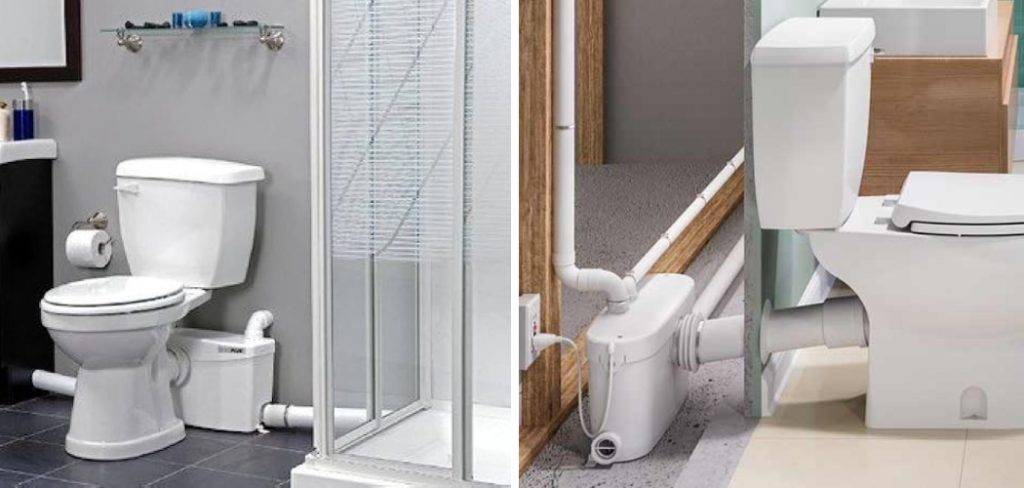
Whether you’re a DIYer or just want to know how to fix the issue without calling in a plumber, we have some tips and tricks that should help unclog your upflush toilet.
In this blog post, we’ll show you exactly how to unclog an upflush toilet. We’ll tell you what tools and equipment are necessary for unclogging an upflush toilet and provide instructions for a successful repair. With these easy steps, you’ll soon have your water flowing smoothly again.
What Will You Need?
To unclog an upflush toilet, you’ll need a few basic tools. Gather the following items:
- Plunger
- Metal drain auger (snake)
- High pressure water hose and nozzle
- Bucket or container
- Glove, mask, or eye protection (optional but recommended)
Once you have all the necessary tools, it’s time to get started.
10 Easy Steps on How to Unclog an Upflush Toilet
Step 1. Use Plunger:
Begin by using a plunger to force air into the clogged upflush toilet. Make sure that you have a tight seal and start plunging quickly. This should loosen the clog and allow it to move through the pipe.
Step 2. Use a Metal Drain Auger:
If plunging doesn’t work, you may need a metal drain auger. Insert the auger into the toilet and start cranking it clockwise in short bursts. This should help to break up the blockage and push it towards the main sewer line. Be careful not to over crank the drill, as this could damage the pipes.
Step 3. Flush with Hot Water:
After using a metal drain auger, flush with hot water to clear out any remaining blockages or debris from the pipes, make sure you don’t exceed 140°F as this could damage your plumbing fixtures! If the water pressure isn’t high enough to flush away the debris, you may need a high-pressure nozzle or garden hose.
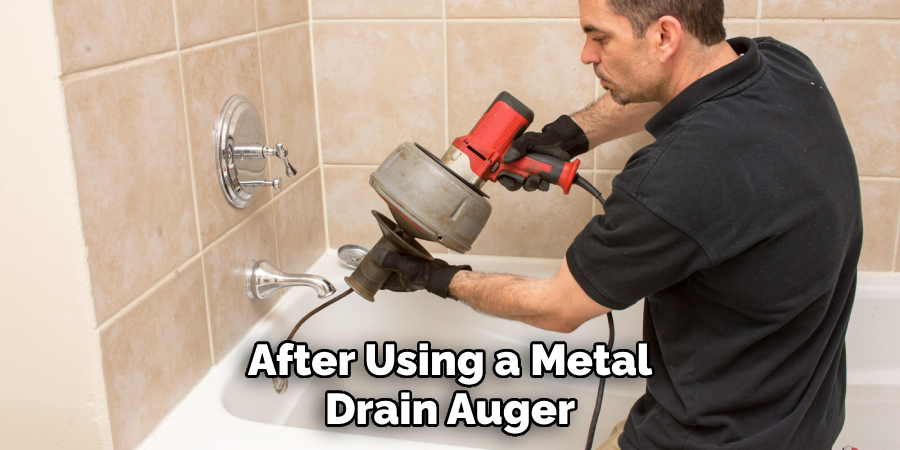
Step 4. Remove Clog Manually:
If the blockage remains after flushing with hot water, you may need to remove it manually. Put on gloves and a mask or eye protection and reach in to try and break up the clog. It’s important to be careful during this step because you don’t want to damage the pipes.
Step 5. Clean Out the Trap:
Once you’ve removed the clog, make sure that you clean out any remaining debris from the trap underneath your toilet. You can use a bucket or container for this purpose and discard any solid materials into a garbage bin afterward. If the trap is blocked, you may need to use a metal brush or snake to clear it out.
Step 6. Check Pipes for Damage:
At this point, it’s also important to check your pipes for any signs of damage. If the pipes are cracked or leaking, then you will need to contact a professional plumber to fix them. Refrain from attempting to repair the pipes yourself, as this could worsen the problem.
Step 7. Test the Toilet:
After you’ve checked that all your pipes are working properly, it’s time to test out the toilet. Flush the toilet several times and ensure no further blockage is present. If everything seems clear, then your upflush toilet should be fixed!
Step 8. Disinfect:
Once your upflush toilet is unclogged, disinfect the bowl’s surface and seat it with an antibacterial cleaner. This will help keep the area clean and free from germs and bacteria. Remember that you should also clean the trap and pipes of any debris.
Step 9. Inspect Regularly:
In order to prevent clogs from occurring in the future, you should inspect your upflush toilet regularly. Make sure that no foreign objects are being flushed down the toilet, and check for any signs of blockage or corrosion on a regular basis. As long as you keep up with these simple maintenance steps, your upflush toilet should remain clog-free!
Step 10. Call in Professional Help:
If all else fails, you may need to call in a professional plumber in order to unclog your upflush toilet. A qualified plumber will be able to identify the issue quickly and provide a solution that is tailored to your specific needs. Feel free to contact a reputable plumbing service if you need help getting your upflush toilet unclogged on your own.
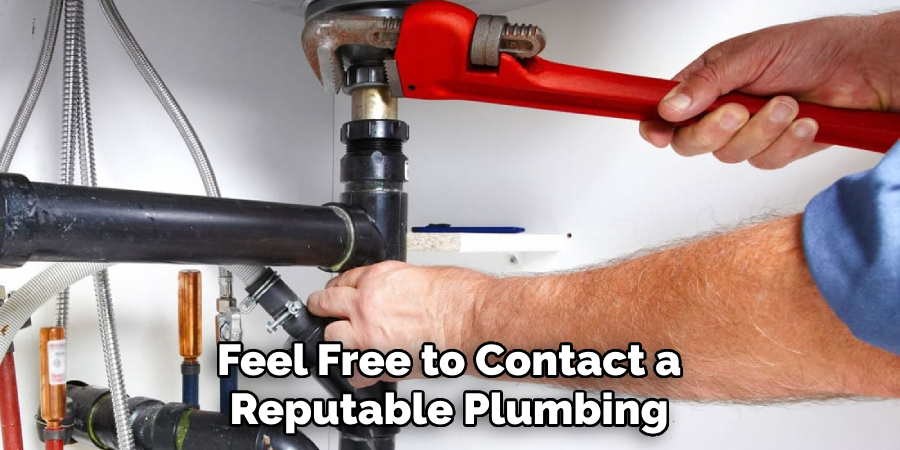
With these easy steps, you’ll soon have an unclogged upflush toilet! So don’t despair if you’re dealing with a stubborn clog – just follow these steps to get your water flowing again.
5 Additional Tips and Tricks
1. Make sure to shut off the water supply. This will prevent flooding and damage to your bathroom or home.
2. If the clog is too stubborn, try using a toilet auger. Insert the tool into the toilet bowl and twist until it grabs onto the obstruction. Carefully pull out what comes off.
3. If an auger doesn’t work, you can try a plunger to dislodge the clog. Be sure to use an appropriate size plunger for your particular model of upflush toilet.
4. If the clog is still not budging, it’s time to call a professional. An experienced plumber will be able to identify and remove the issue safely and effectively quickly.
5. After removing the clog, try using a preventative measure such as flushable wipes or septic-safe toilet cleaners to help keep your upflush toilet running smoothly and efficiently going forward.
Following these simple tips will help extend the life of your upflush toilet and reduce costly repairs in the future!
5 Things You Should Avoid
1. Avoid pouring harsh chemicals, such as bleach, into your upflush toilet. These can corrode the inner workings of the system and cause further damage.
2. Do not flush items that are too large or bulky for the upflush toilet to handle. This could create a major clog and require professional help to remove it.
3. Do not flush anything except human waste and toilet paper down the upflush toilet, including facial tissue, paper towels, feminine hygiene products, and food scraps.
4. Try to avoid flushing multiple items at once – even if they are small! Doing so could lead to a blockage in the pipes.
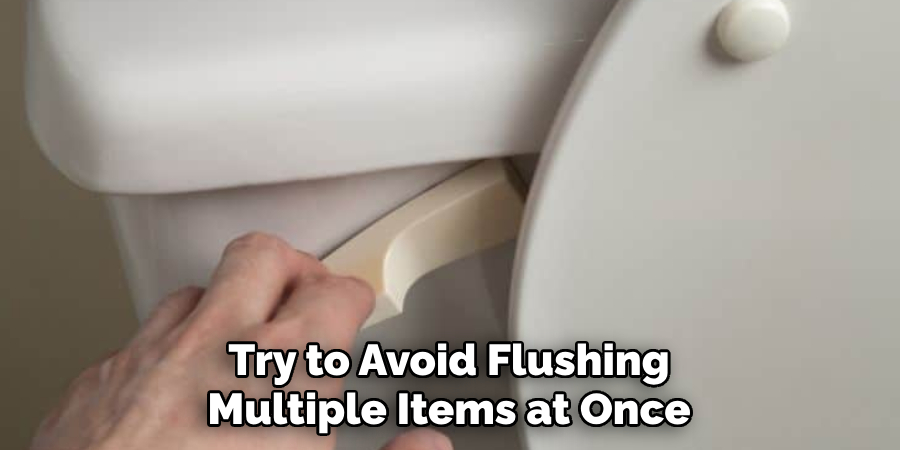
5. Only tamper with any electrical components of your upflush toilet if you are a qualified electrician. This could lead to electrical shock and fire hazards.
By following these simple guidelines, you can help ensure that your upflush toilet remains in good working order for years to come!
What is the Best Liquid to Unclog Toilet?
When unclogging a toilet, the best liquid is a commercial drain cleaner or enzyme-based septic tank treatment. These products are designed to break down clogs and can be used safely in upflush toilets.
Commercial drain cleaners should always be used cautiously as they may contain caustic chemicals that can irritate skin or eyes if you come into contact with them.
Read and follow all safety instructions before using any chemical-based product! As an alternative, hot water may help loosen blockages in some cases but should not be relied upon as a sole solution for more stubborn clogs. Finally, avoid pouring boiling water directly into the upflush toilet bowl – it could cause damage to the porcelain.
In summary, a commercial drain cleaner or enzyme-based septic tank treatment is the best liquid to unclog a toilet. Always read and follow all safety instructions before using any chemical product and use caution when pouring hot water into the upflush toilet bowl.
Knowing the proper steps can help you quickly identify and resolve any blockages in your upflush toilet system!
Will a Toilet Unclog Naturally?
Unfortunately, it is unlikely that a toilet will unclog naturally. Toilets are designed to efficiently remove waste from the home, which means they require frequent maintenance and attention to avoid clogs. Depending on the severity of the clog, some blockages may be easier to resolve than others.
However, if you suspect that a stubborn clog is preventing your upflush toilet from flushing properly, then it’s best to contact a professional plumber for assistance. A qualified technician can quickly identify and remove any blockage safely and effectively.
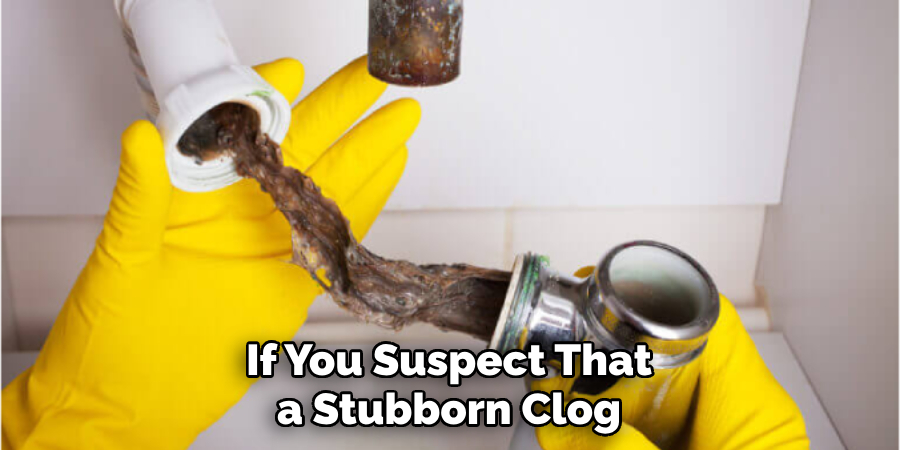
With the proper care and maintenance, you can help extend the life of your upflush toilet and ensure that it continues to run smoothly for years to come!
Conclusion
As we’ve seen, an upflush toilet is a great way to fix the issue of needing a toilet in a basement apartment or other lower level. It’s important to remember that an upflush toilet still needs regular maintenance, just like any other normal toilet, so be sure and use the recommended products for cleaning and unclogging.
Take the time to check your unit every few months, and if you run into trouble, you know how to fix it quickly!
An upflush toilet can seem like intimidating technology. Still, with just a little knowledge and upkeep, even someone without plumbing experience should feel comfortable taking care of their unit. With its reliability and dependability, an upflush commode will become an affordable and essential part of your household.
Hopefully, the article on how to unclog an upflush toilet has helped give you the knowledge and confidence to take care of your upflush toilet. Thanks for reading.